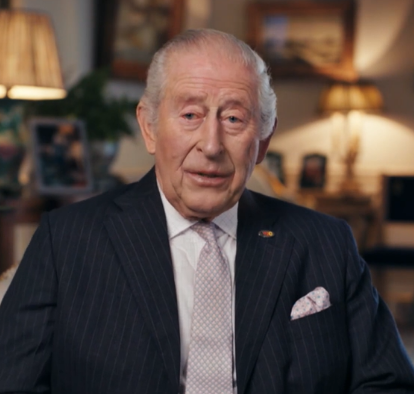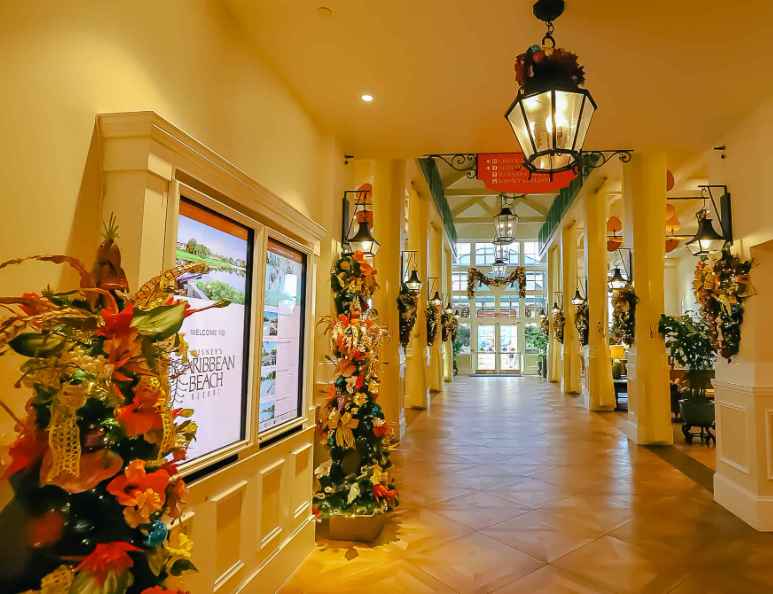Sushi was born over 2,000 years ago when rice culture came to Japan from Southeast Asia and it has evolved ever since. Historically, salmon in Japanese cuisine was used for grilling and kirimi, a lightly salted and dried fish dish.
Today, salmon is one of the most popular choices for sushi and it's down to the Norwegians paying a visit to Japan with fresh salmon in their suitcases over 30 years ago. The Norwegians had been visiting Japan since the 1970s to talk about trading mackerel, herring and salmon, but in 1985 a seafood delegation led by Fisheries Minister Thor Listau took close to 20 people representing Norwegian seafood exporters, government and organisations on a visit to Japan to scope out export opportunities.
In their luggage, they brought fresh salmon. This was the start of what was to be called 'Project Japan', introducing Japanese chefs to the quality and safety of Norwegian salmon for raw use in sushi.
The preferred fish for sushi and sashimi used to be tuna and sea bream, thanks to their fatty flesh and clean flavour. The Japanese considered the Pacific salmon landed by Japanese fishermen dangerous to consume raw because the wild fish were exposed to parasites. They were also considered too lean for sushi. So salmon was originally used in grilling and kirimi, a lightly salted and dried fish dish.
Project Japan had a profound effect on the culinary habits of Japanese who were unfamiliar with eating salmon in its raw state. 15-years into the project and the demand for raw consumption started to rise. By 1995, Atlantic salmon was widely accepted as a raw sushi fish and the Norwegians managed to increase exports of salmon to Japan by 250%. Once salmon became a sushi staple in Japan, the rest of the world followed suit.
















